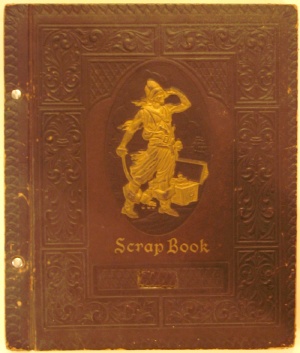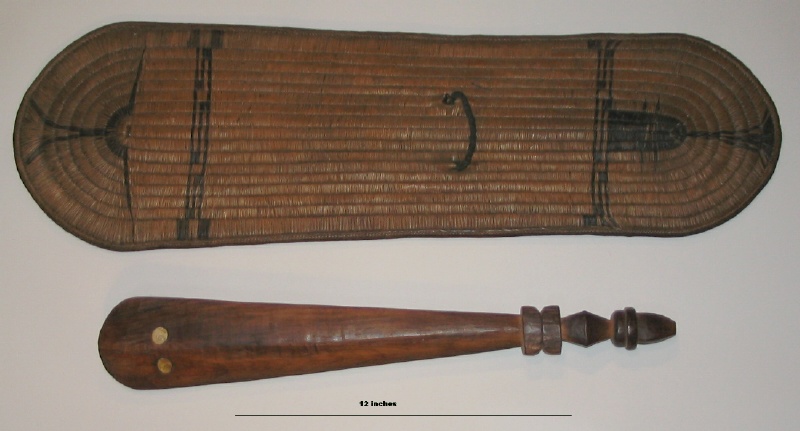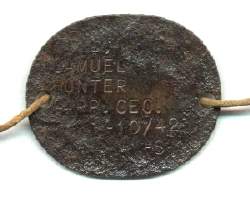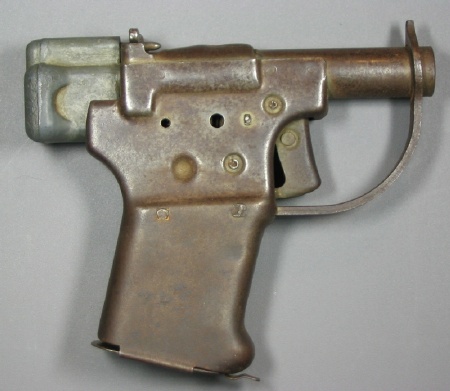or "Grandad in the War"

Editor's Introduction
 My grandfather, Samuel Hunter Hall, enlisted in the Navy in 1942. At age 44 he was too old to
be drafted, but wanted to do his part in the War. He joined the Navy and served in the
34th Construction Battalion. He had two tours of duty, first on Guadalcanal and then on Okinawa.
My grandfather, Samuel Hunter Hall, enlisted in the Navy in 1942. At age 44 he was too old to
be drafted, but wanted to do his part in the War. He joined the Navy and served in the
34th Construction Battalion. He had two tours of duty, first on Guadalcanal and then on Okinawa.
Perhaps due to his age, he must have realized the once in a lifetime aspect of the adventure and decided to keep a scrapbook of it. In addition to snapshots and large official photos, he also kept menus, tickets, ID cards, invitations... seemingly every piece of paper that he thought would be of interest later. There are almost 200 such items.
I have scanned in the text and images of the scrapbook and it is shown here in it's entirety. Click on any image to see a larger version open in a new window. I would suggest you peruse the List of Images on the Table of Contents to get a sense of what's here.
Souvenirs
Two additional items that have come down through the years are a couple of souvenirs. These items are not mentioned in the text, so we can only guess where he picked them up. (Of course, I should have asked him when I was a kid, shouldn't I? I didn't appreciate it all then.)The first is a rattan shield and wooden war club. I would imagine he picked these up on Guadalcanal from the natives. It's just my guess, but I think these were made for sale specifically as souvenirs.

The second item he collected was what he called a "Jap belly gun". After a fair amount of research I have identified this weapon as an American-made gun called the FP-45 Liberator. Perhaps some GI swapped it for some Navy chow and made up the "belly gun" story to enhance it's value?
The FP-45 Liberator pistol was manufactured by the Inland Guide division of GM during the war. The single shot .45 caliber pistol was to be dropped behind enemy lines with 10 rounds of ammunition and instructions on how to load it, the idea being that partisans would use the pistol once to kill someone and take THEIR gun.
In fact, this does not entirely solve the mystery as the weapon was supposedly only dropped behind enemy lines to partisans. What partisan bands would have been on Guadalcanal or Okinawa? Of course, I suppose many souvenirs were swapped and traded at the ports along the way to and from the front.
Throughout the text I have made up a few web pages providing further information on certain subjects. These and any notes I have added are clearly identified as my writing and not my grandfather's.
Comments or WW2 reminiscences from readers are welcome. Email me at charles.p.hall@gmail.com.
|
Charles Hall Raleigh, NC July 2004 |

|
